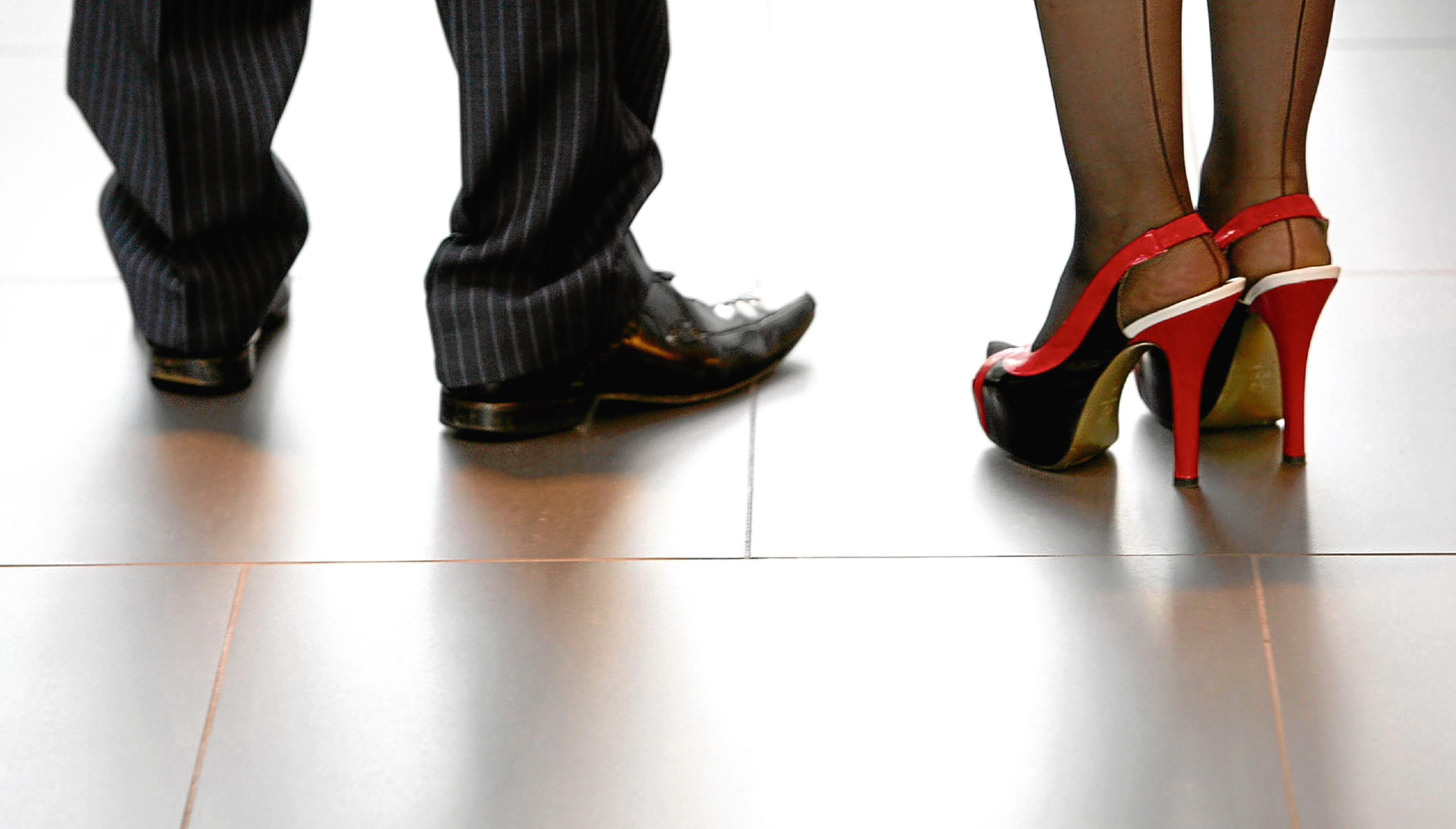Women are being made to dye their hair blonde, wear revealing outfits and constantly reapply make-up at work, a report by MPs has found.
The “troubling” experiences suffered by female staff were unearthed by a parliamentary report into the case of a woman sacked for not wearing high heels.
More than 150,000 people signed a petition in support of London receptionist Nicola Thorp, who was sent home from work after refusing to wear high heels.
The 27-year-old arrived at finance company PwC to be told she had to wear shoes with a “2in to 4in heel” and when she refused and complained male colleagues were not asked to do the same, she was sent home without pay.
The Petitions Committee and Women and Equalities Committee said it became clear in the course of its inquiry that this was not an isolated incident.
“We heard from hundreds of women who told us about the pain and long-term damage caused by wearing high heels for long periods in the workplace, as well as from women who had been required to dye their hair blonde, to wear revealing outfits and to constantly reapply make-up,” it stated.
“The Government has said that the existing law is clear, and that the dress code that prompted this petition is already unlawful. Nevertheless, discriminatory dress codes remain widespread.”
Charlie Taylor has hairdressing salons in Dundee and Perth.
One of the UK’s top stylists, the 55-year old is three-time Scottish Hairdresser of the Year and a member of the British Hairdressing Hall of Fame.
She was appalled to hear of female employees being forced to wear heels and revealing clothes.
She said: “I wasn’t too aware of this story but I’ve just spoken to my manager and several of my hairdressers and they’ve brought me up to speed.
“We’re all of the opinion that this is absolutely not on and goes way too far.”
Charlie draws a distinction between having a dress code and discriminating against women.
“I don’t think there’s anything at all wrong with having dress code standards. I’d be angry if my receptionist turned up in ripped jeans and a hoody. But there’s nothing sexist about asking employees to dress smart. If you were a man working in sales you would probably be expected to wear a shirt and tie.
“Where it becomes totally unacceptable is where there is any degree of a sexual element to it.
“I expect my employees to be smart but I would never dictate revealing clothing or heels. Some women can’t wear heels because of the shape of their feet or because they give them pain. And it would be crazy for hairdressers to wear them – we’re on our feet all day.”
The Fawcett Society told the inquiry that requiring women to abide by gendered dress codes, often of a sexualised nature, sent out the message that their appearance was of more value than their skills, experience or voices.
“There have been statements from women expressing that being asked to look “sexy” in the workplace leads to the uncomfortable realisation that the business they work for is profiting from their bodies,” it said, citing examples of women being asked when working in a casino to carry a make-up kit to be used whenever using the bathroom, and others being criticised for wearing loose clothing on a hot day. “This also affects women at the top of public life as we have seen from headlines since Theresa May became Prime Minister. Having a society where it is normal to judge women in their professional life by their appearance and their shoes is not just ridiculous but demeans women who reach the top of their careers, and limits women’s participation in politics.”
A Government spokesman said : “No employer should discriminate against workers on grounds of gender – it is unacceptable and is against the law.
“Dress codes must be reasonable and include equivalent requirements for both men and women.
“The Government Equalities Office will carefully consider this report and will work with its partners to make sure employers comply with the law.”

